by Garret Ormiston
Shaded areas of our gardens have been one of the most under-utilized parts of our landscapes for many years. For too long, these areas have been relegated to the category of ‘space that needs to be filled’.
It is recognized that trees are a critical component of our landscaping, and provide us with many benefits. They provide critical food and nesting habitat for our native wildlife, and they make our yards and gardens places that we want to spend time in by blocking out the heat of the sun during the summer months. However, it seems that choosing plantings for the shaded areas beneath these trees is a significant struggle for many gardeners, and in many cases these areas end up being very one-dimensional and uninspired, lacking in both interest and diversity.
For decades, there was a feeling that if an area of your yard was too shaded to plant grass, then it should be planted with ‘ground-covers’ to eliminate areas of bare soil where weeds and other undesirable plants could become established. A ‘triad’ of non-native ground covers quickly became dominant fixtures in the landscape. This triad consisted of English ivy (Hedera helix), pachysandra (pachysandra terminalis), and myrtle (Vinca minor). These ground covers fulfilled their intended purpose, and they quickly covered ground! Quick to establish, aggressive in nature, and pleasantly evergreen, these three plants became one of the most dominant plantings in the American landscape.
Unfortunately these ground covers rarely ‘play nice’ with other plantings. In many cases, gardeners are often stuck with single-species plantings or ‘monocultures’ in these areas. Even if gardeners try to diversify the space by adding additional plantings, myrtle and pachysandra will quickly choke out other plantings with their carpet-like fibrous root systems. They hog space and draw out moisture and nutrients from the soil, aggressively competing with other plantings in the landscape. English ivy is even worse, and it will climb over and up other perennials, shrubs, and even trees. Forcing English Ivy to co-exist with other plantings often involves a tough regimen of regular trimming and pruning to keep the ivy in check. These plants also escape our garden boundaries and out-compete native vegetation in our parks and natural areas.
This is not to say that gardeners have not tried to integrate additional plant diversity in to their shaded landscapes! If anything, the selection of shade perennials that are available for purchase from local garden centers has expanded over the years. New varieties and cultivars of shade perennials and shrubs are constantly being developed which underscores the demand for shade plants in the landscape industry. Endless selections of popular shade perennials such as hostas, coral bells, and astilbe have been developed, which feature dazzling foliage color variations. There is now ample choices for creating striking foliage contrast and vivid flowering in our shaded landscapes. There is also an exciting trend towards utilizing native plants in shade gardens. Native wildflowers such as wild geranium (Geranium maculatum), trillium (Trillium sp.), spring beauty (Claytonia virginica), and Solomon’s seal (Polygonatum biflorum) have garnered significant interest from gardeners in recent years.
However, too many of these plantings (native or non-native) quickly fall victim to the heavy level of deer browse in the urban and suburban landscape. With deer now fully integrated in to residential neighborhoods, the efforts of gardeners to ‘diversify’ their plant choices are rarely rewarded. As gardeners, we are all too familiar with the sight of perennials ‘mowed to the ground’ amidst a smattering of hoof prints in the soil. Its important to note that deer generally do not browse pachysandra, myrtle, or English Ivy. So it is understandable that many gardeners choose to ‘throw in the trowel’, and stick to the traditional ground cover plantings of our forefathers.
But with adversity comes opportunity! The scourge of deer browse in our gardens have forced us to examine overlooked groups of plants and to seek out the landscaping potential in plants that we have taken for granted in the past. When choosing plants for our gardening projects, the ornamental characteristics now often take second seat to a plant’s ‘deer resistance level’. After all, what good is a perennial or shrub that promises vibrant flowers and benefits to pollinating insects if the plant is eaten by the deer before it ever reaches that stage? When it comes to shade landscaping plants that are deer resistant, perhaps two of the most overlooked and under-appreciated groups of plants are the ferns and the sedges.
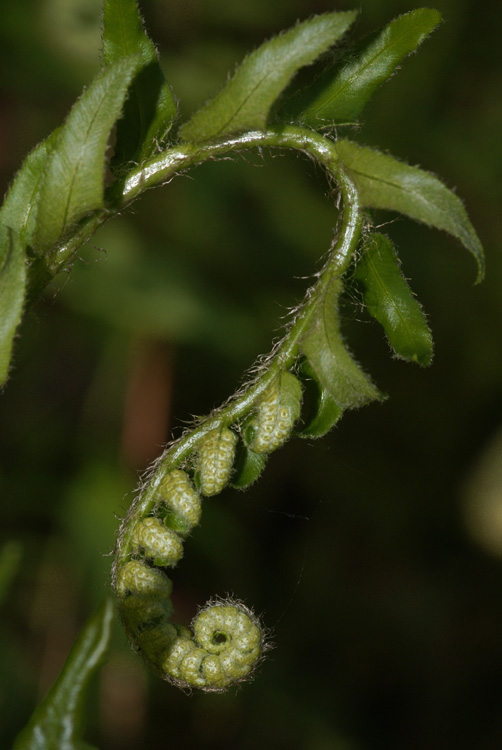
As gardeners we have learned the painful lesson that the deer will eat any plant if they are hungry enough. However, ferns and sedges are about as close as we can get to a ‘sure bet’ on deer resistance. It has been observed in both our gardens and our parks and natural areas, that ferns and sedges are one of the last plants to fall victim to deer browse. They are generally only eaten when all other food choices have been exhausted.
The gardening public has become increasingly aware of the benefits of choosing native plants for their gardening projects. These plants tend to better adapted to the unique climate conditions of our region, require less in the way of fertilizer, and provide food and shelter for native wildlife that have co-evolved with these native plants. Also, native plants do not escape in to our parks and natural areas and out-compete our native wildflowers, the way that other more traditional ground covers such as English ivy, and myrtle tend to do. Many of the ferns and sedges that are available in the nursery trade are native species or selections of native species. There are also non-native (but non-invasive) species of ferns and sedges that can be considered as additional plantings for these shade gardens.
Ferns and sedges have sometimes been considered to be ‘boring’ groups of plants by many traditional gardeners. However, anyone familiar with the variation of foliage color and texture in the groups, will understand that belief is simply not the case.
Carex-nigra (above)
Carex-flagelifera (above)
Carex Silver Sceptre (above)
The typical gardener is familiar with the lush foliage of ferns, but in many cases is less familiar with sedges. Sedges while grass-like in appearance and habit, are not true grasses. They are also stunningly diverse with more than 160 different species of sedges native to Ohio alone. Sedges grow in a variety of different conditions, but many are very well-adapted to shaded locations, both wet and dry.
The foliage contrast and variation amongst species and cultivars of sedges, both native and non-native, is outstanding. The sedges are prized for their ornamental foliage, although they also have brown-to-black grass-like blooms which can be ornamental when viewed up close.
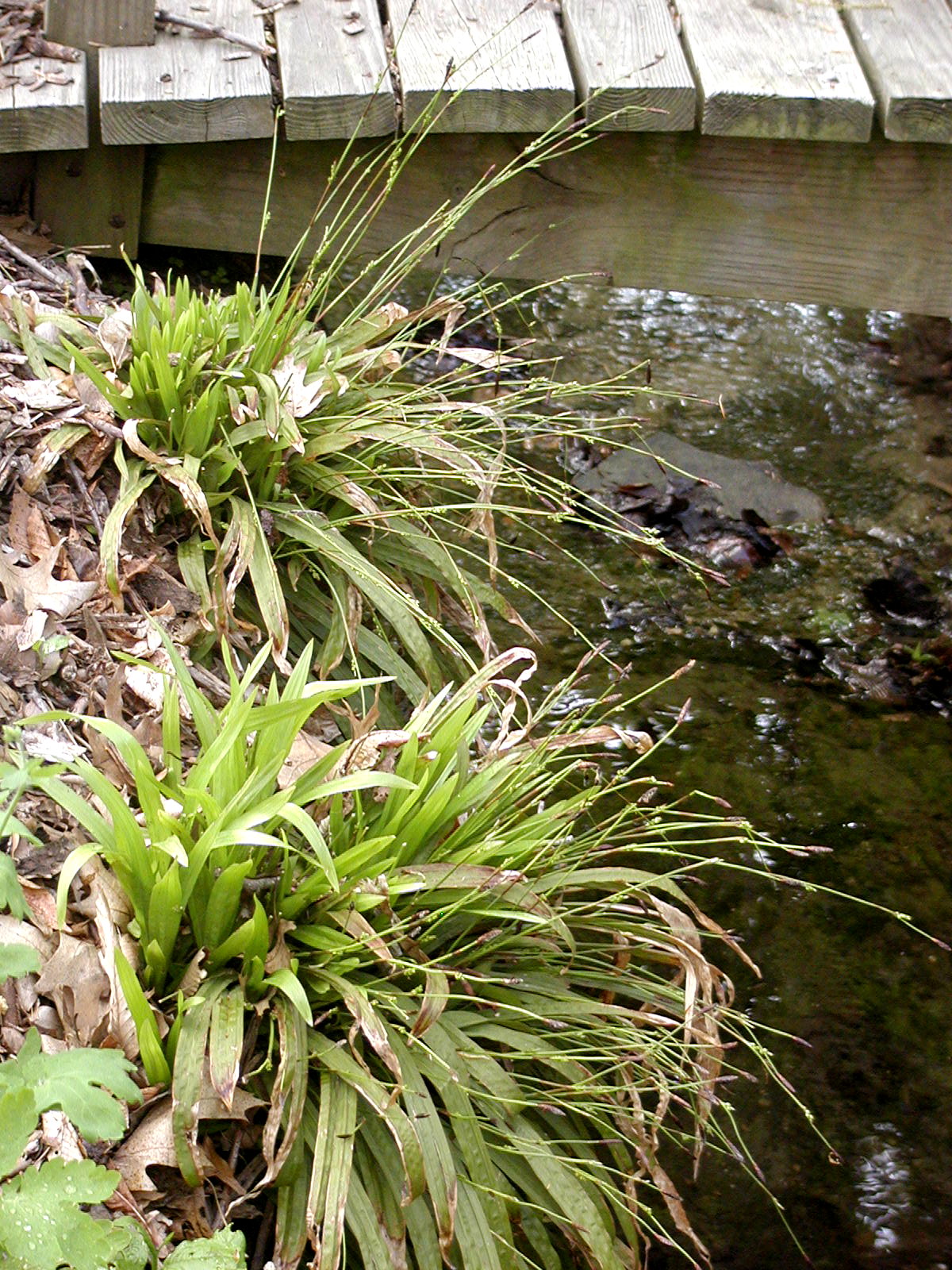
The wide evergreen leaves of the native plantain sedge (Carex plantaginea) (above)
The cheery grass-like lime-green foliage of the native Pennsylvania sedge (Carex pensylvanica) is another welcome addition to the shade garden, especially in moist areas. If you have drier conditions, the Appalachian sedge (Carex appalachica) is a good choice and is somewhat similar in appearance to Pennsylvania sedge.
There are a number of interesting cultivars of the non-native broad-leafed sedge (Carex siderosticha), which can add striking foliage contrast to your shaded landscapes. Cultivars include ‘snow cap’ with bright cream and green variegated foliage, and ‘banana boat’ with bright yellow foliage. The more wiry foliage of Japanese sedge (Carex morrowii) can also offer noteworthy foliage contrast options including the green and yellow variegated foliage of the cultivar ‘variegata’, and the delicate white and green variegated ‘ice dance’ is particularly showy.
Lastly, the unusual copper and dead-brown foliage coloration of the non-native weeping brown sedge (Carex flagillifera) can be an interesting foliage play and an unusual conversation piece! The most intense copper and brown foliage color is shown when the plant is placed in a sunnier location. But the plant takes on an interesting copper-orange hue when planted in shade. If planting brown sedge, make sure that a cultivar is chosen that is cold-hardy, as some of the selections of brown sedge are borderline-hardy.
The lush, lacy and finely detailed texture of fern fronds is a welcome addition to shade gardens. There are species of ferns that will grow to a wide range of different heights which enables layering in the perennial landscape. There is also something primeval and enticing about an established fern-laden garden.
Ferns such as ostrich fern (Matteuccia struthiopteris) (below)
will quickly multiply as they spread by rhizomes and will create a pleasant natural effect in the garden. Ostrich fern tolerates moist to average soil. If you have a poorly-drained area in your shade garden, royal fern (Osmunda regalis) can be an excellent choice. Both of these species are among our largest native ferns, reaching mature heights of up to 4-5 feet. Cinnamon fern (Osmunda cinnamomea) with its conspicuous cinnamon-colored fertile fronds, is another tall and beautiful choice for moist areas.
Many native ferns have the added benefit of being evergreen plants.
Christmas fern (Polystichum acrostichoides), (above) has thick leathery fronds that stay green year-round. Christmas fern is a medium-sized fern, reaching mature heights of up to 2 feet. Another evergreen fern is the marginal wood fern (Dryopteris marginalis) that grows to 1.5 to 2 feet. Both of these ferns will thrive in average moisture conditions. The non-native but non-invasive autumn fern (Dryopteris erythrosora) is another interesting choice, especially in dry to moderately-moist conditions. The cultivar of autumn fern, ‘brilliance’ is an excellent choice for adding foliage contrast to the landscape. This evergreen fern produces new fronds that display vivid shades of red and orange.
The delicate and lacy native maidenhair fern (Adiantum pedatum) (below)
is another interesting choice for the shade garden. Its black wiry stems and olive green foliage is a standout in the landscape, especially when planted in mass. Maidenhair ferns have long been considered popular house plants, and gardeners will enjoy that there is a hardy member of this genus as well that can survive our winters. Maidenhair fern can grow to mature heights of 2 to 2.5 feet.
Smaller ferns such as the native rock polypody (Polypodium virginianum) can also be interesting additions to the shade landscape. This small fern only reaches mature heights of 18 inches and is at home on shaded rocky slopes or rock gardens. The native lady fern (Athyrium filix-femina) is another smaller fern that grows to about 2 feet tall in moist to average conditions. The cultivar of lady fern called ‘Lady in Red’ has distinctive red stems and is very ornamental. Hybridization between native lady fern, and Japanese lady fern (Athyrium niponicum) have produced extraordinary selections including ‘Ghost’, which has brilliant silvery fronds. A selection of Japanese lady fern known more commonly as Japanese painted fern (Athyrium niponicum var. ‘Pictum’) contains foliage undertones of silver, pink, and green.
The list of ferns and sedges goes on and on! Suffice it to say, they open up a world of deer-resistant opportunities for shade gardeners. Ferns and sedges work well when planted amongst native woodland shrubs such as spicebush (Lindera benzoin), and witch hazel (Hamamelis virginiana). Other native deer-resistant perennials such as wild ginger (Asarum canadense), black cohosh (Cimicifuga racemosa), mayapple (Podophyllum peltatum), and Allegheny foamflower (Tiarella cordifolia) can also be planted amongst ferns and sedges with exciting results.
Hopefully the exploration of these under-appreciated and under-utilized groups of plants will open doors for gardeners, allowing us to move past the traditional ‘triad’ of invasive ground-covers that have dominated our landscapes in the past. In so doing, we will be able to incorporate more interest and more diversity in to our shaded gardens, transforming them from ‘spaces that need to be filled’, to artistic places that beckon us to spend more time amongst the trees, and that contain exciting examples of our region’s native plant species.
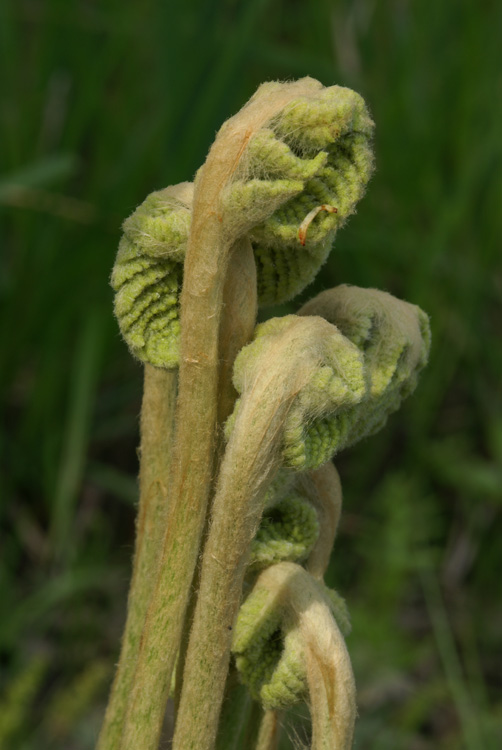
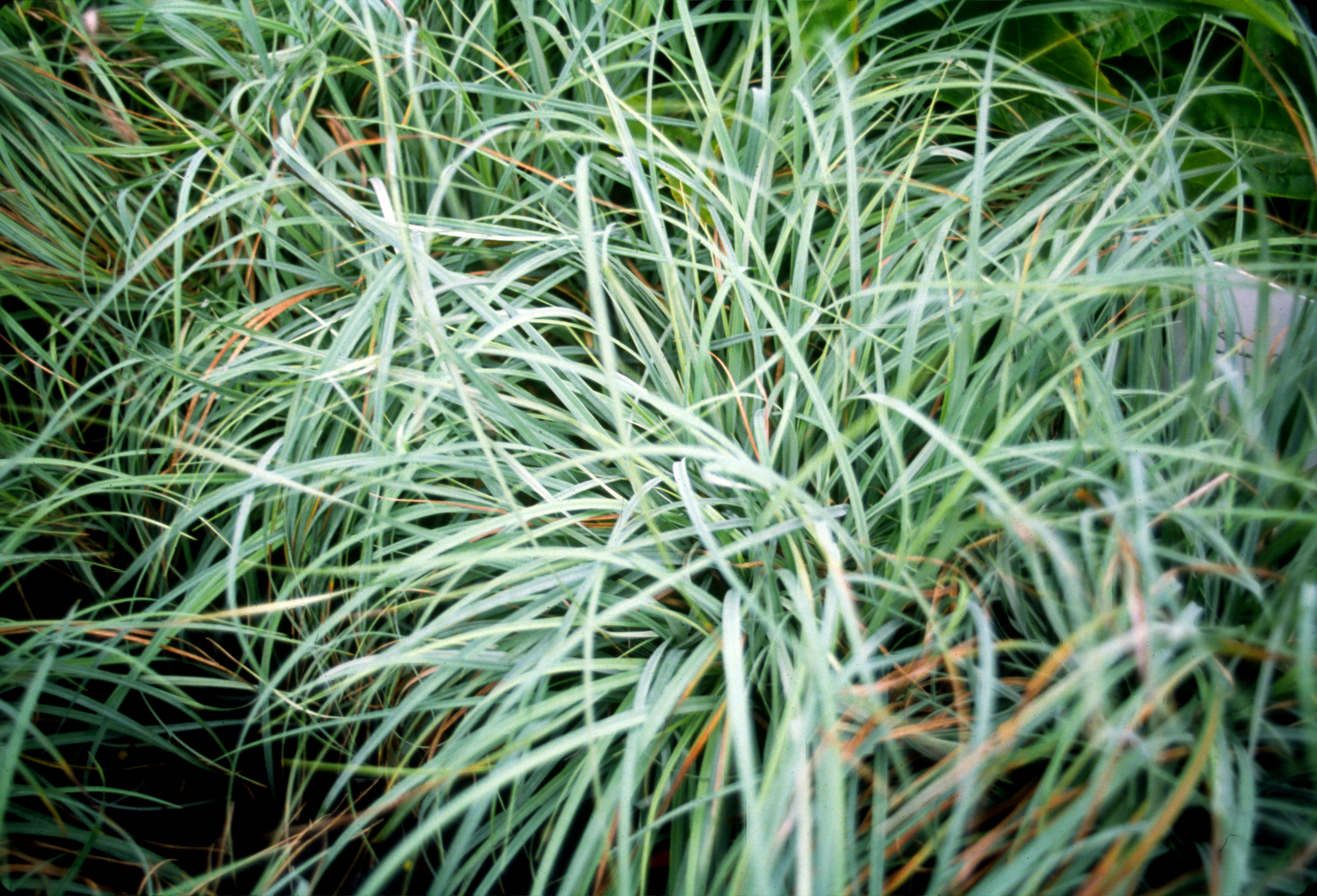
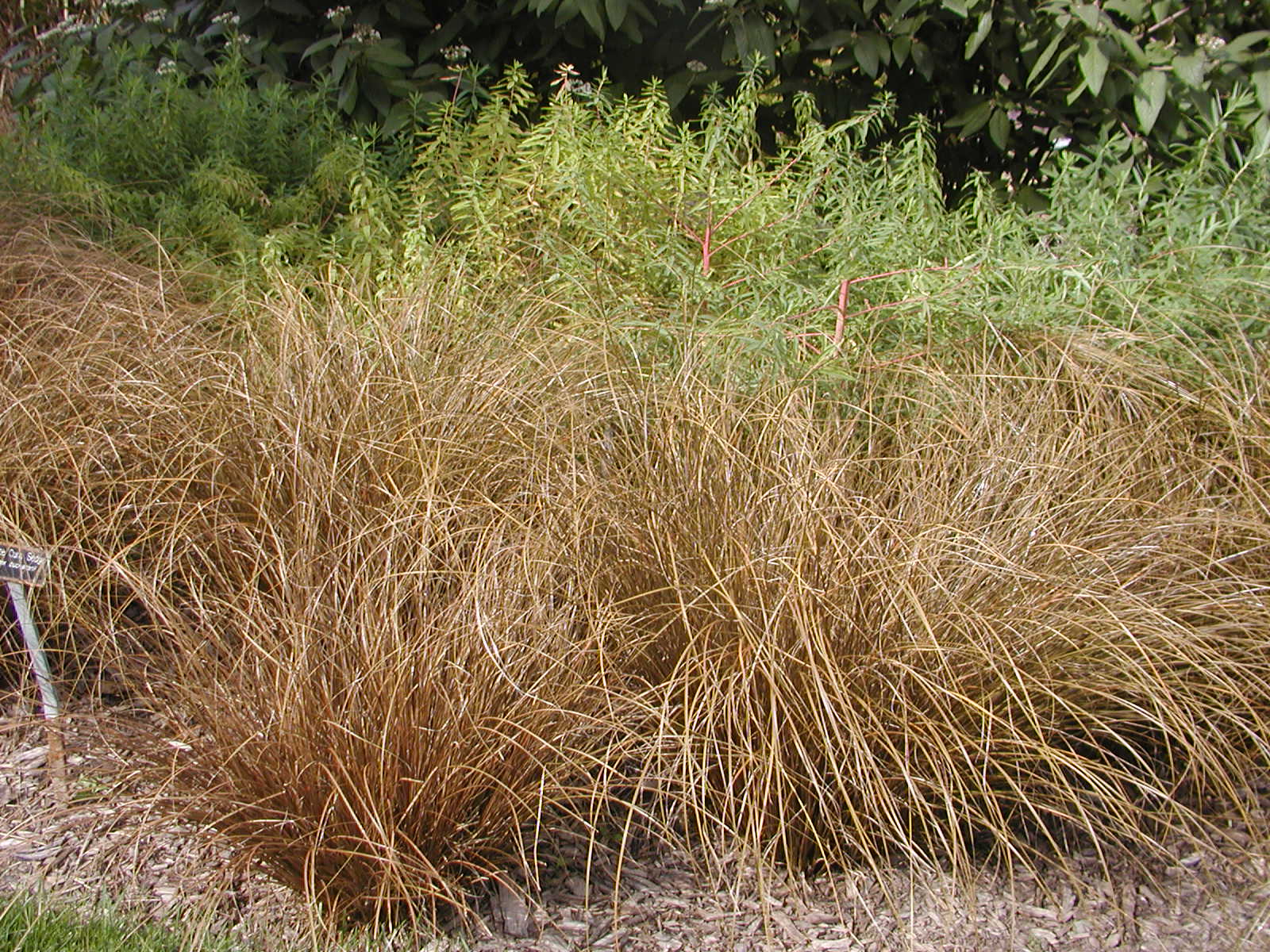
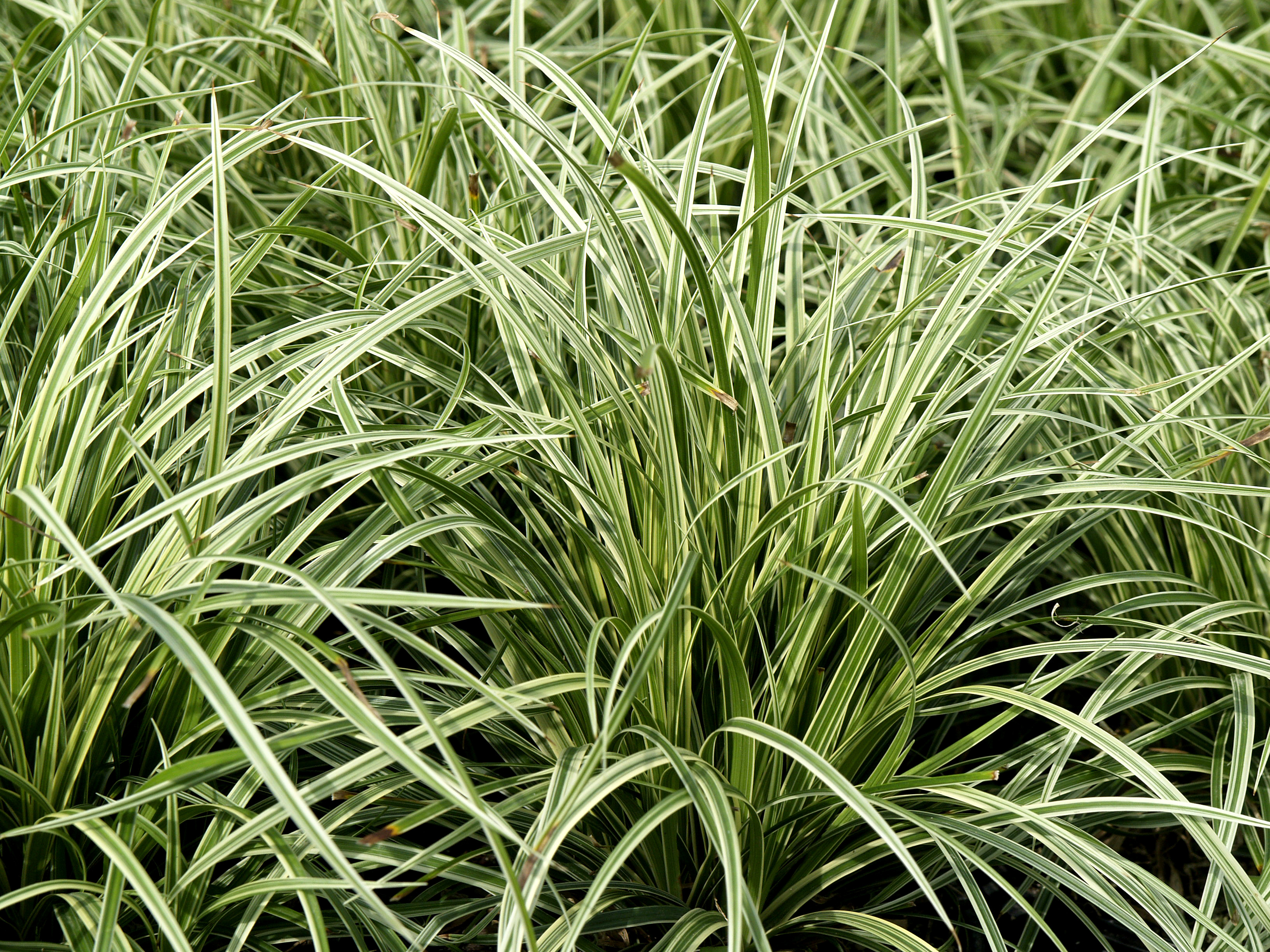
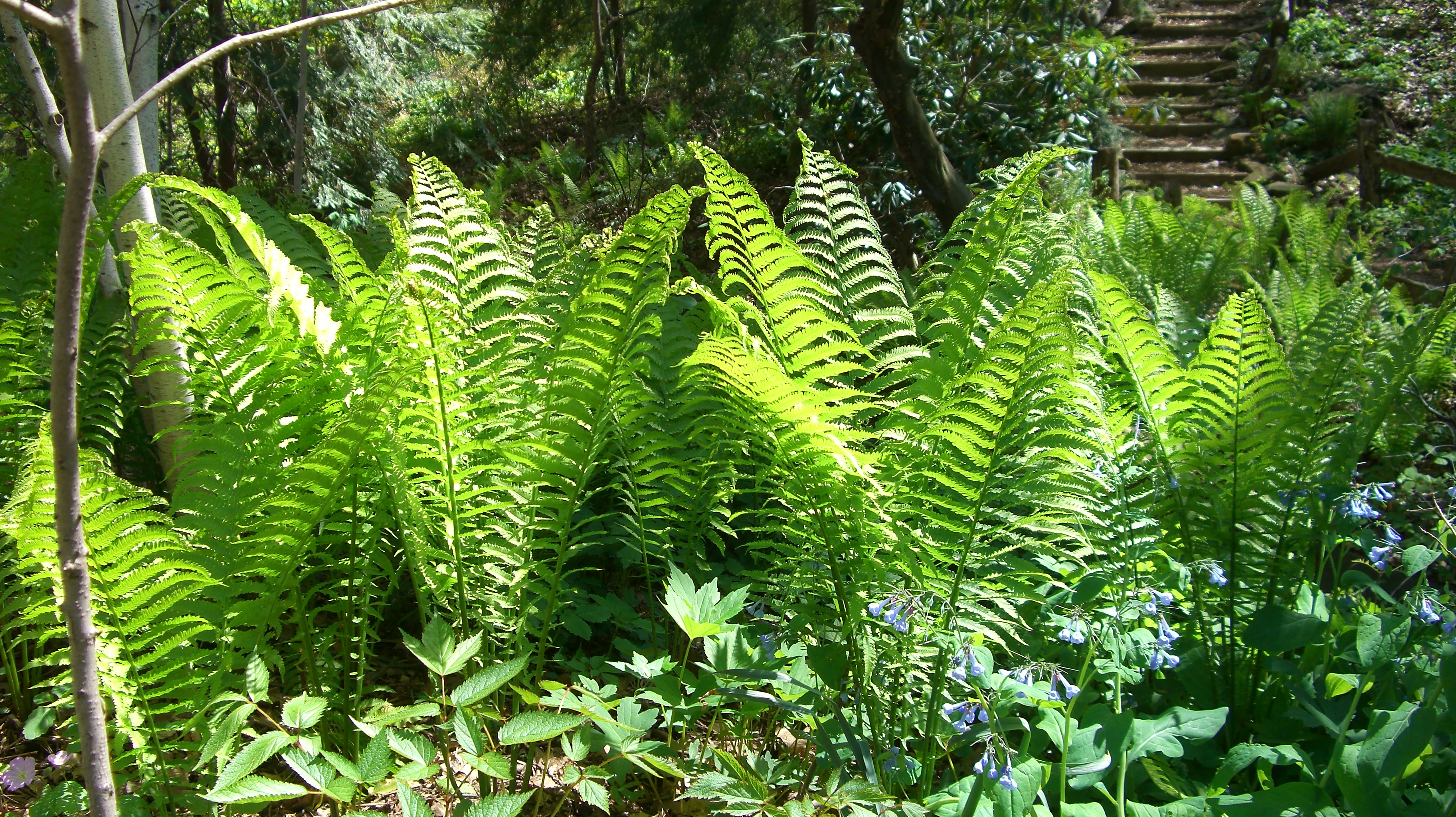
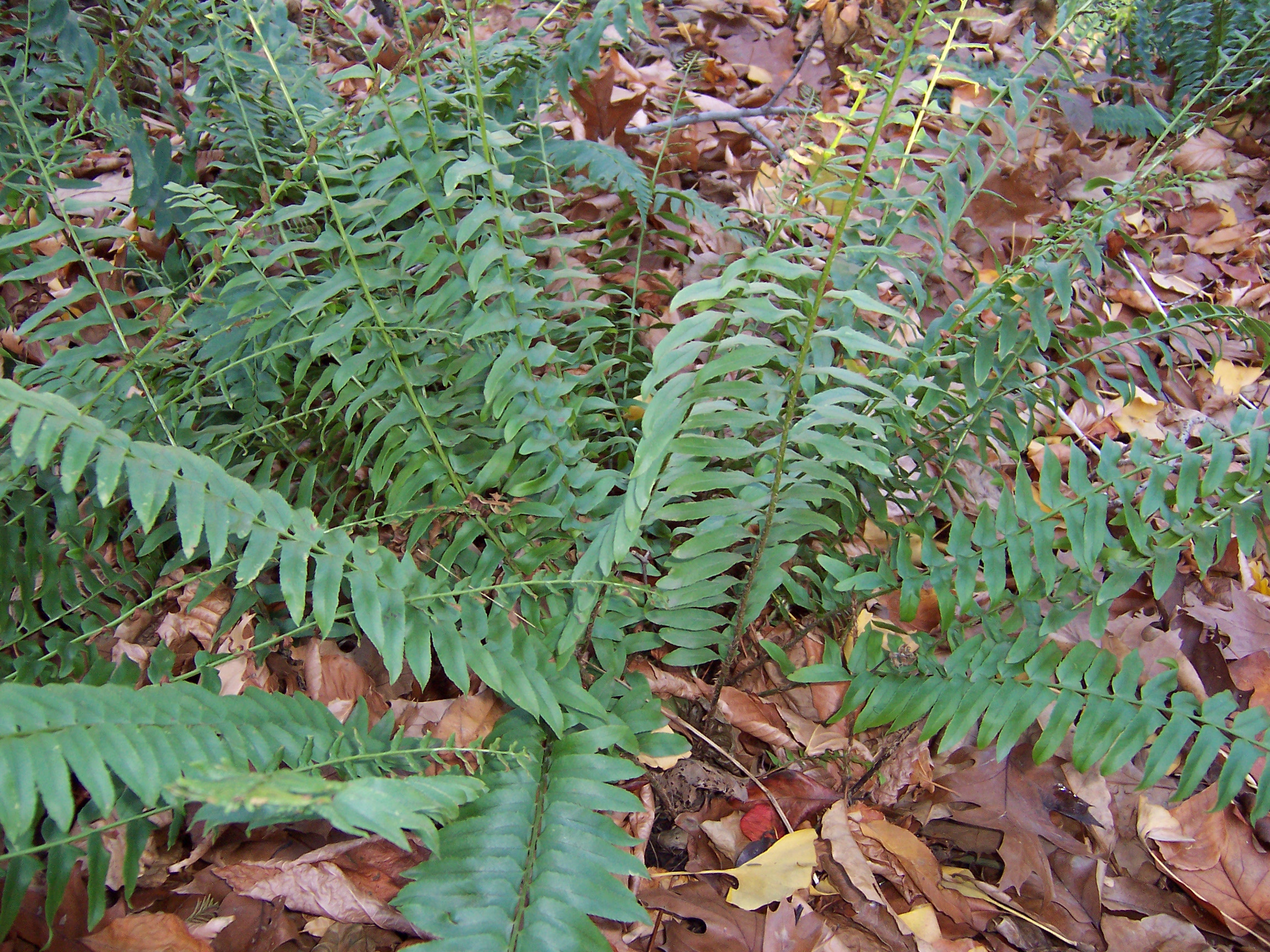
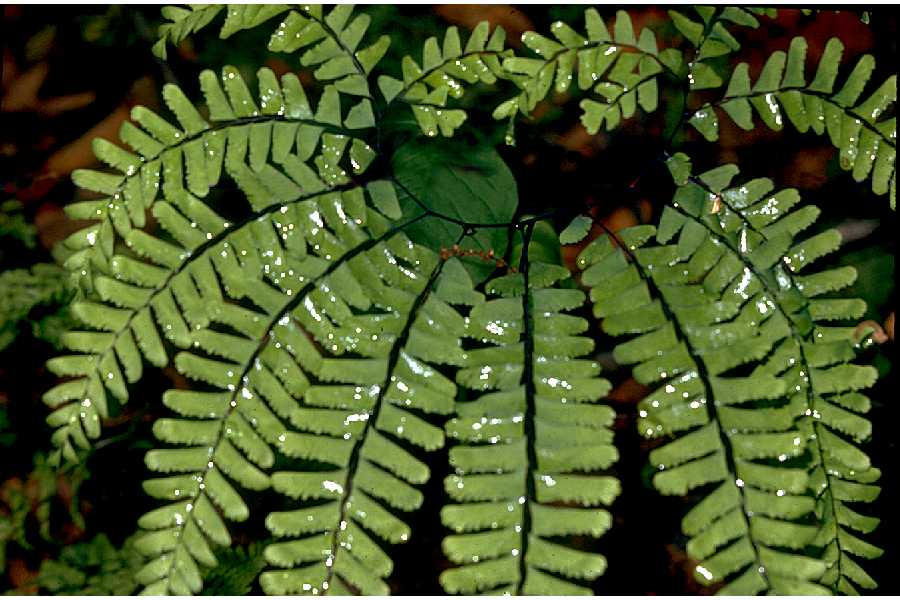
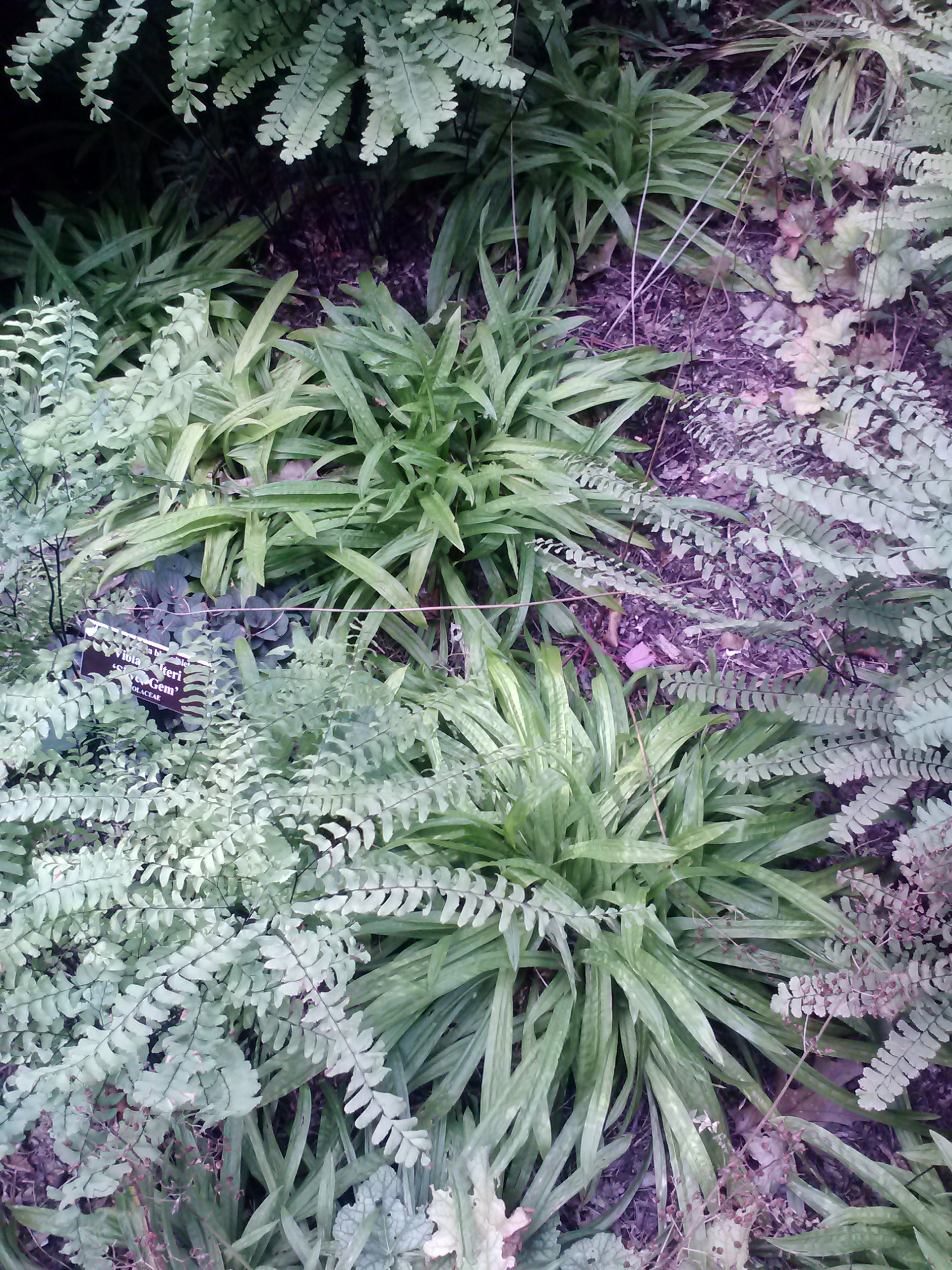
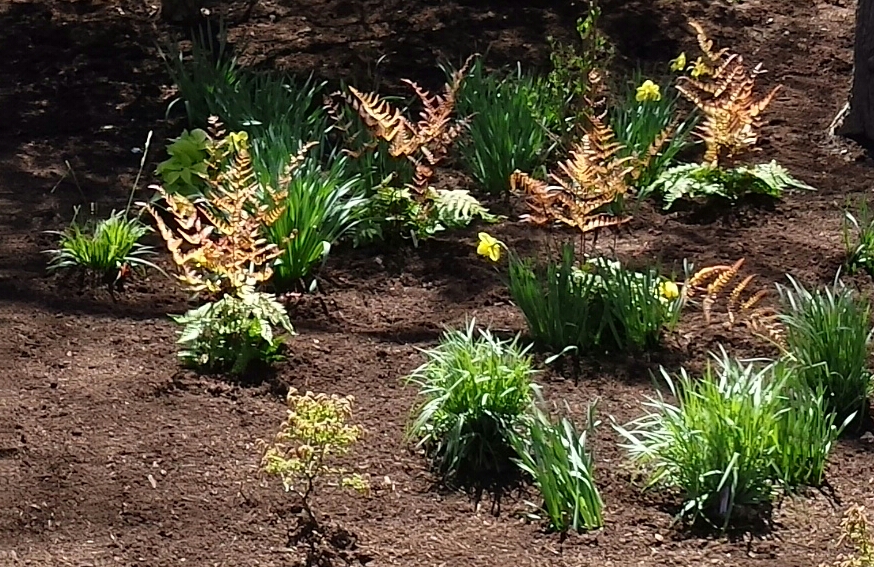
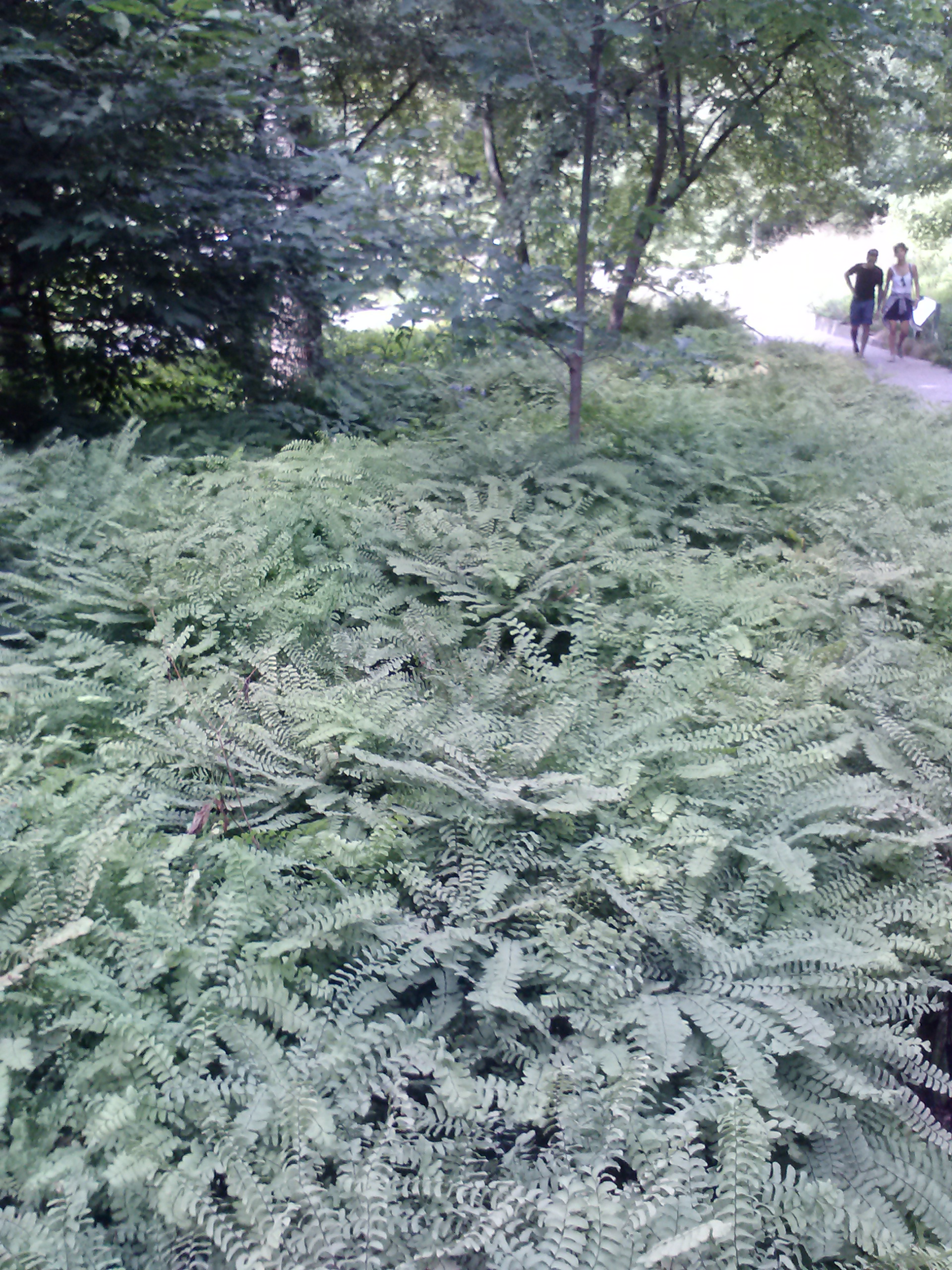
Have you been able to over winter maidenhair fern in northern ohio ? If so what kind of micro climate did you look when planting maidenhair fern ?
Hi John! Great to hear from you. Yes, it seems to do pretty well in average soils and shaded areas. Its surprisingly hardy for such a delicate-looking plant! Tom is correct that it can be pretty slow to spread. It looks great when you plant a clump of 3 or 5 maidenhair ferns together for impact!
Thanks Garrett ! I will try it again.
I’ve had maidenhair fern in a partial shade and average soil area for 12 years with no problems. It can spread slowly, but no problem with die-back. I live near Chagrin Falls.
Tom Davis
Thanks Tom ! I had a start growing. Based on what you said and where I planted is the reason it died out. I am guessing it was too dry in the winter season.